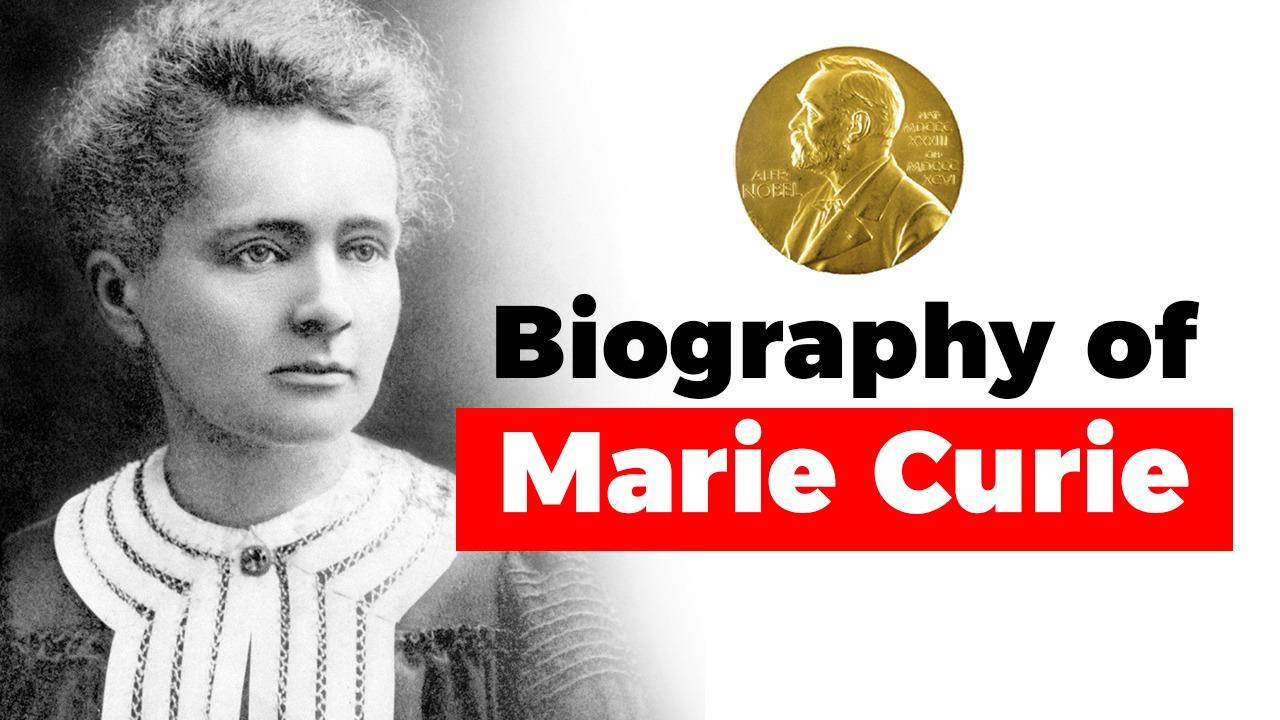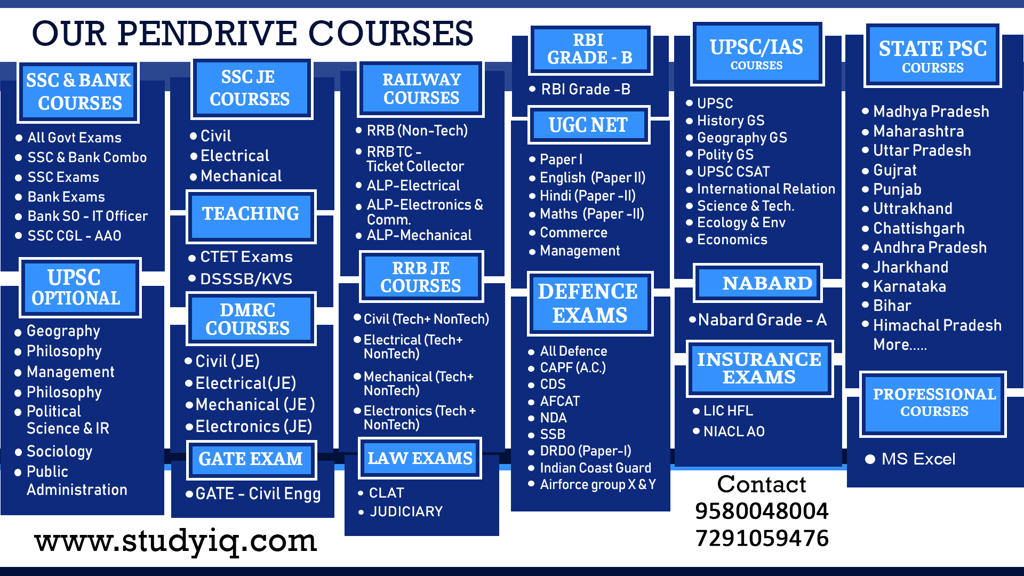Table of Contents
CURIE
- Marie Curie became the first woman to win a Nobel Prize and the first person — man or woman — to win the award twice. With her husband Pierre Curie, Marie’s efforts led to the discovery of polonium and radium and, after Pierre’s death, the further development of X-rays.
- The famed scientist died in 1934 of aplastic anemia likely caused by exposure to radiation.
EARLY LIFE
- Maria Sklodowska, later known as Marie Curie, was born on November 7, 1867, in Warsaw (modern-day Poland). Curie was the youngest of five children, following siblings Zosia, Józef, Bronya and Hela.
- Both of Curie’s parents were teachers. Her father, Wladyslaw, was a math and physics instructor. When she was only 10, Curie lost her mother, Bronislawa, to tuberculosis.
- As a child, Curie took after her father. She had a bright and curious mind and excelled at school. But despite being a top student in her secondary school, Curie could not attend the men’s-only University of Warsaw.
GENIUS
- She instead continued her education in Warsaw’s “floating university,” a set of underground, informal classes held in secret.
- Undeterred, Curie worked out a deal with her sister: She would work to support Bronya while she was in school, and Bronya would return the favor after she completed her studies.
- For roughly five years, Curie worked as a tutor and a governess. She used her spare time to study, reading about physics, chemistry and math.
GENIUS
- In 1891, Curie finally made her way to Paris and enrolled at the Sorbonne. She threw herself into her studies, but this dedication had a personal cost: with little money, Curie survived on buttered bread and tea, and her health sometimes suffered because of her poor diet.
- Curie completed her master’s degree in physics in 1893 and earned another degree in mathematics the following year.
PIERRE CURIE
- Marie married French physicist Pierre Curie on July 26, 1895. They were introduced by a colleague of Marie’s after she graduated from Sorbonne University; Marie had received a commission to perform a study on different types of steel and their magnetic properties and needed a lab for her work.
- A romance developed between the brilliant pair, and they became a scientific dynamic duo who were completely devoted to one another. At first Marie and Pierre worked on separate projects. But after Marie discovered radioactivity, Pierre put aside his own work to help her with her research.
CURIE
- In 1897 Marie and Pierre welcomed a daughter, Irène. The couple had a second daughter, Ève, in 1904.
- Irène Joliot-Curie followed in her mother’s footsteps, winning the Nobel Prize in Chemistry in 1935. Joliot-Curie shared the honor with her husband, Frédéric Joliot, for their work on the synthesis of new radioactive elements.
- In 1937, Ève Curie wrote the first of many biographies devoted to her famous mother, Madame Curie, which became a feature film a few years later.
DISCOVERY
- In 1895, Wilhelm Roentgen discovered the existence of X-rays, though the mechanism behind their production was not yet understood.
- In 1896, Henri Becquerel discovered that uranium salts emitted rays that resembled X-rays in their penetrating power.
- Fascinated with the work of Henri Becquerel, a French physicist who discovered that uranium casts off rays weaker than the X-rays found by Wilhelm Conrad Röntgen, Curie took his work a few steps further.
RADIOACTIVITY
- Curie’s systematic studies included two uranium minerals, pitchblende and torbernite (also known as chalcolite).
- Her electrometer showed that pitchblende was four times as active as uranium itself, and chalcolite twice as active.
- Curie conducted her own experiments on uranium rays and discovered that they remained constant, no matter the condition or form of the uranium. The rays, she theorized, came from the element’s atomic structure. This revolutionary idea created the field of atomic physics. Curie herself coined the word “radioactivity” to describe the phenomena.
POLONIUM AND RADIUM
- Working with the mineral pitchblende, the pair discovered a new radioactive element in 1898. They named the element polonium, after Curie’s native country of Poland.
- On 26 December 1898, the Curies announced the existence of a second element, which they named “radium”, from the Latin word for “ray”.In the course of their research, they also coined the word “radioactivity“
NOBEL PRIZE
- Between 1898 and 1902, the Curies published, jointly or separately, a total of 32 scientific papers, including one that announced that, when exposed to radium, diseased, tumor-forming cells were destroyed faster than healthy cells.
- In December 1903, the Royal Swedish Academy of Sciences awarded Pierre Curie, Marie Curie, and Henri Becquerel the Nobel Prize in Physics, “in recognition of the extraordinary services they have rendered by their joint researches on the radiation phenomena discovered by Professor Henri Becquerel.“
- In 1911, Curie won her second Nobel Prize, this time in Chemistry, for her discovery of radium and polonium. While she received the prize alone, she shared the honor jointly with her late husband in her acceptance lecture.
CURIE
- The award money allowed the Curies to hire their first laboratory assistant.
- Marie suffered a tremendous loss in 1906, when Pierre was killed in Paris after accidentally stepping in front of a horse-drawn wagon. Despite her tremendous grief, she took over his teaching post at the Sorbonne, becoming the institution’s first female professor.
- In 1911, Marie Curie’s relationship with her husband’s former student, Paul Langevin, became public.
NOBEL PRIZE
- She became the director of the Red Cross Radiology Service and set up France’s first military radiology centre, operational by late 1914.
- After the war, Curie used her celebrity to advance her research. She traveled to the United States twice—in 1921 and in 1929—to raise funds to buy radium and to establish a radium research institute in Warsaw.
- Curie died on July 4, 1934, of aplastic anemia, believed to be caused by prolonged exposure to radiation. She was known to carry test tubes of radium around in the pocket of her lab coat. Her many years working with radioactive materials took a toll on her health.
Biography Free PDF

























 WhatsApp
WhatsApp